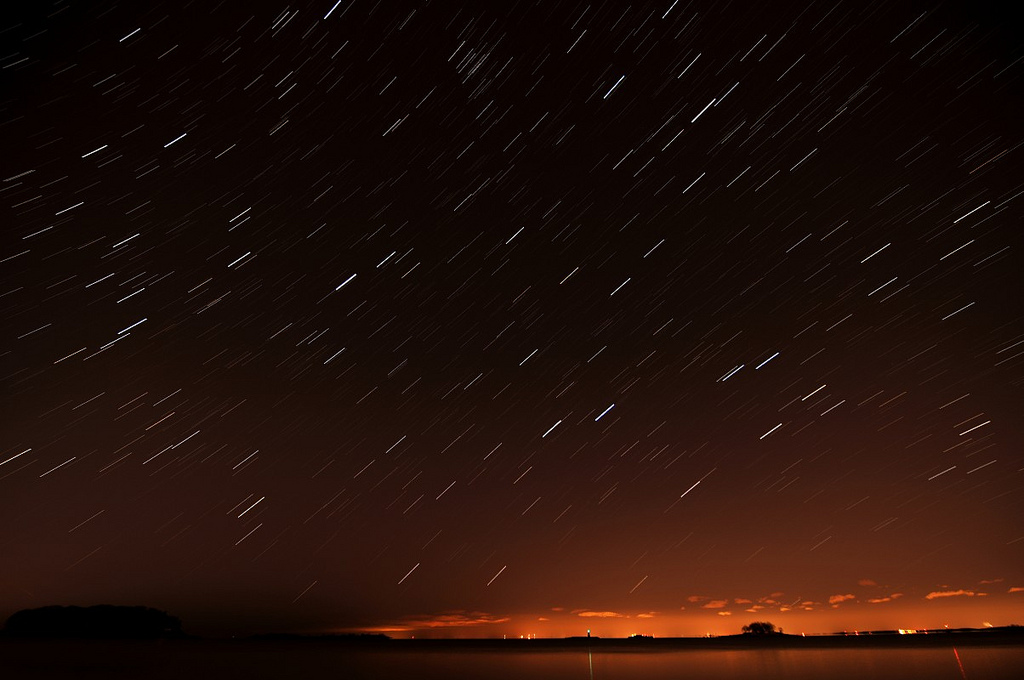Science News
The 2014 Quadrantid Meteors
January 3, 2014
by Bing Quock

The New Year always begins with a light show. Tonight, the Quadrantid meteor shower reaches its peak. This happens when Earth sweeps through the dusty trail of a comet that has passed through the inner solar system: as the dust particles zip through our atmosphere, they burn up, causing brief streaks of light known as meteors.
This shower gets its name from the now-defunct constellation Quadrans Muralis, or the Wall Quadrant, before it got booted for Boötes. (The astronomer Jérôme Lalande hoped that Quadrans would catch on, but no luck.) The less-than-impressive ex-constellation formerly occupied a space now given over to the northern portion of Boötes the Herdsman.
Never heard of the Quadrantids? You’re not alone. Like the more spectacular Geminid shower of December, the Quadrantids are rated as a very good shower, but most folks in the Northern Hemisphere don’t take much notice. Why? Because the Quadrantids take place during the wintertime, when most people usually have something more reasonable to do than spending a cold night standing outside, gazing up at the sky. For some reason, most people prefer staying up all night for the Perseid meteor shower, which takes place in warmer early August. Go figure.
The Quadrantid shower typically produces about 40 meteors per hour, but it often distinguishes itself with displays of hundreds of meteors during a very sharp, narrow peak of a few hours. Unfortunately, this year’s peak occurs during daylight hours for North America, so there’s not much of a chance for catching the meteors at their very best.
However, since the year’s other two best showers (the Perseids and the Geminids) will peak when moonlight may interfere, the Quadrantids provide observers with the best meteor-watching prospects for 2014. The waxing crescent Moon sets well before midnight, which is usually regarded as the best time to start observing a shower, as our planet rotates into the direction from which the meteoroid particles are coming.
While waiting for midnight, observers may be lucky enough to spot early "Earth grazers.” These are meteoroid particles that skim tangentially through the upper atmosphere, causing long, bright streaks. The number of Earth-grazers decreases after midnight, but the predawn hours should give skywatchers several good hours of “dark time” to observe the year’s kickoff meteor shower.
Bing Quock is the assistant director of the Morrison Planetarium.
Image: HorsePunchKid/Flickr